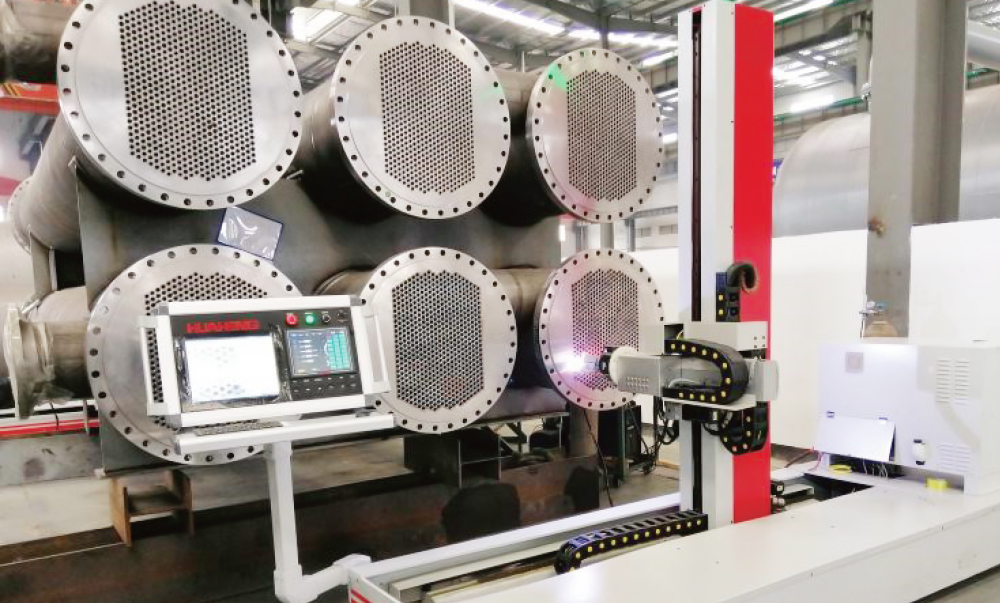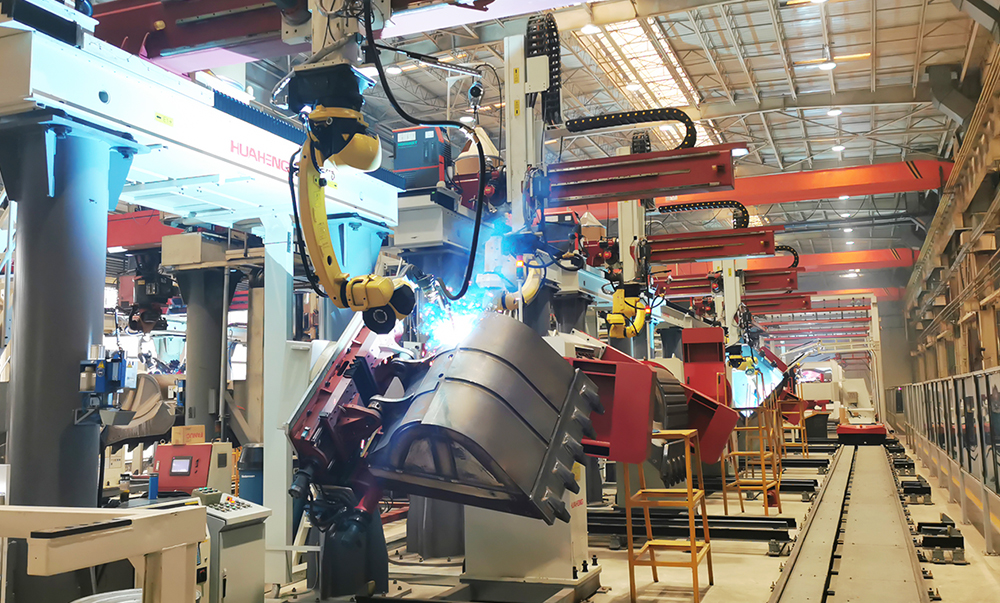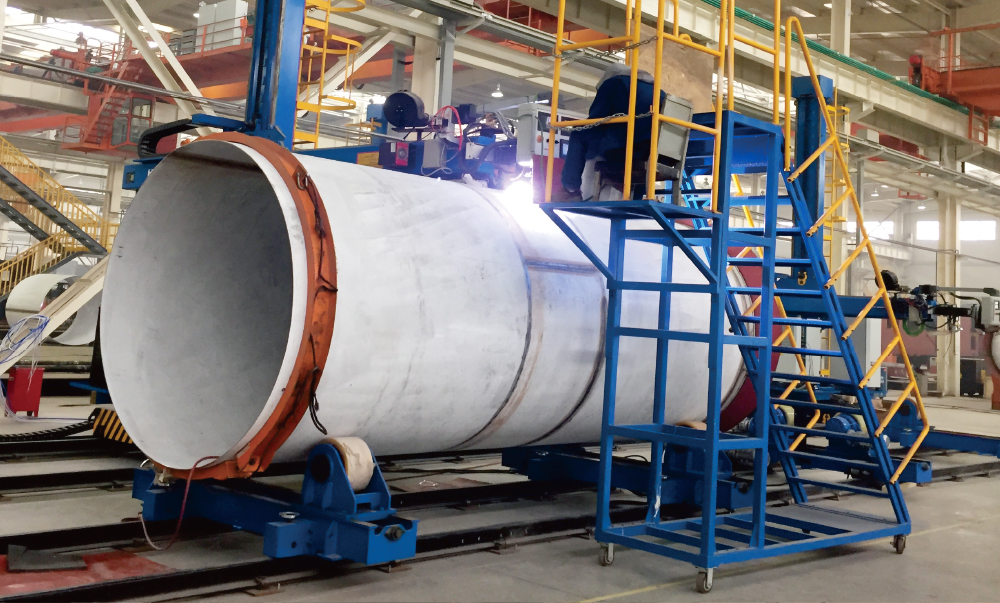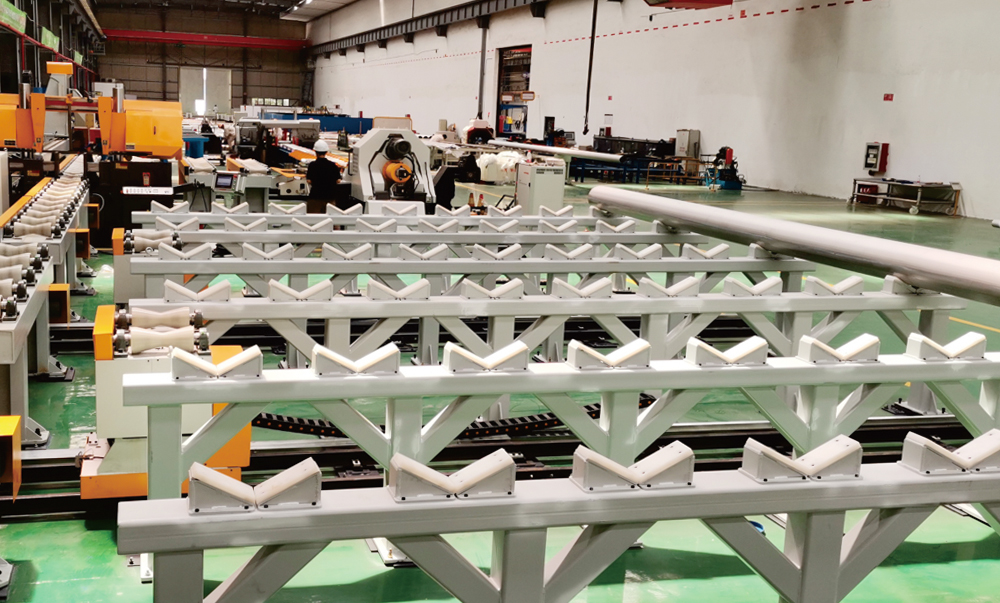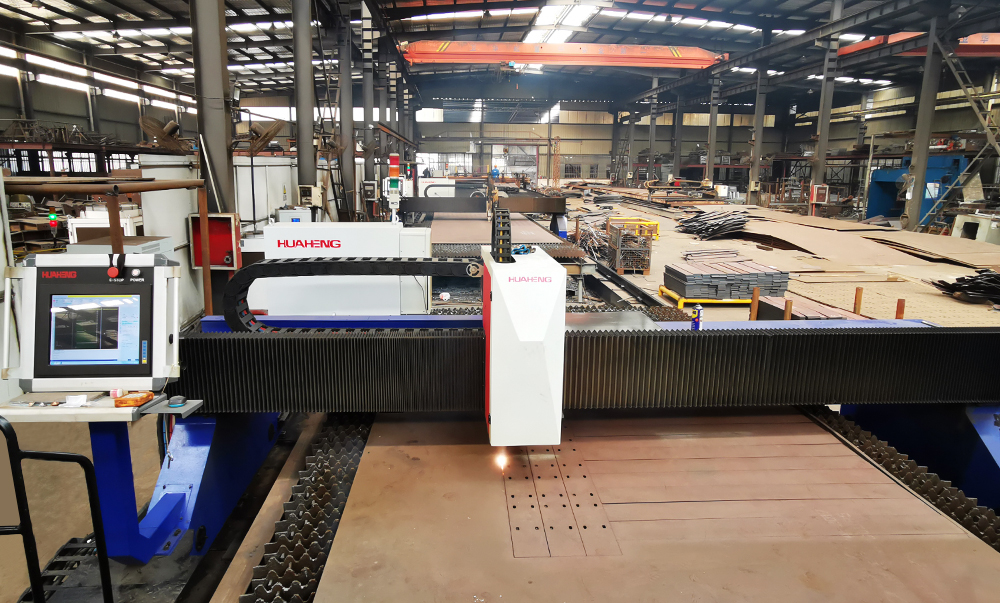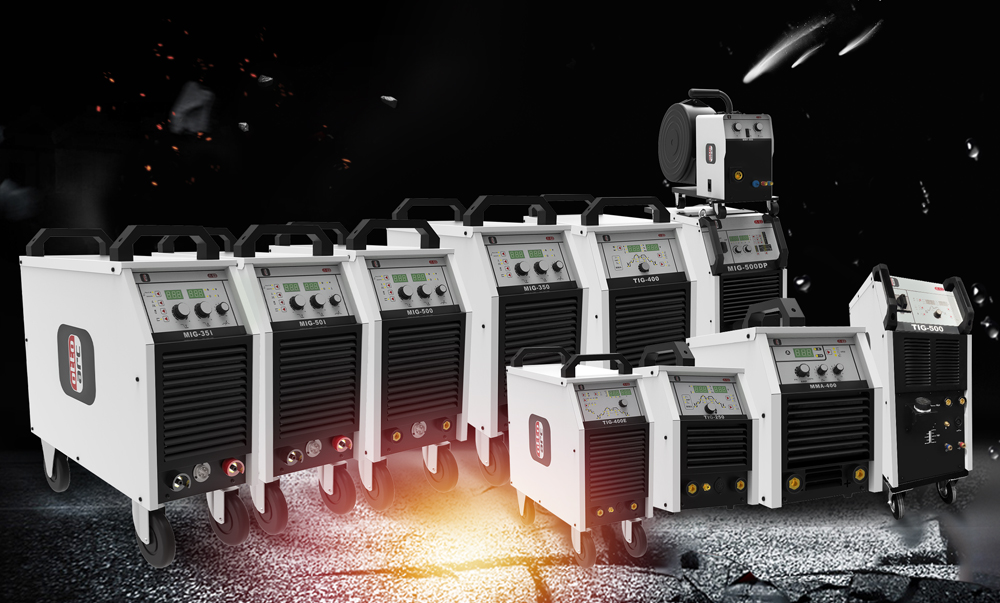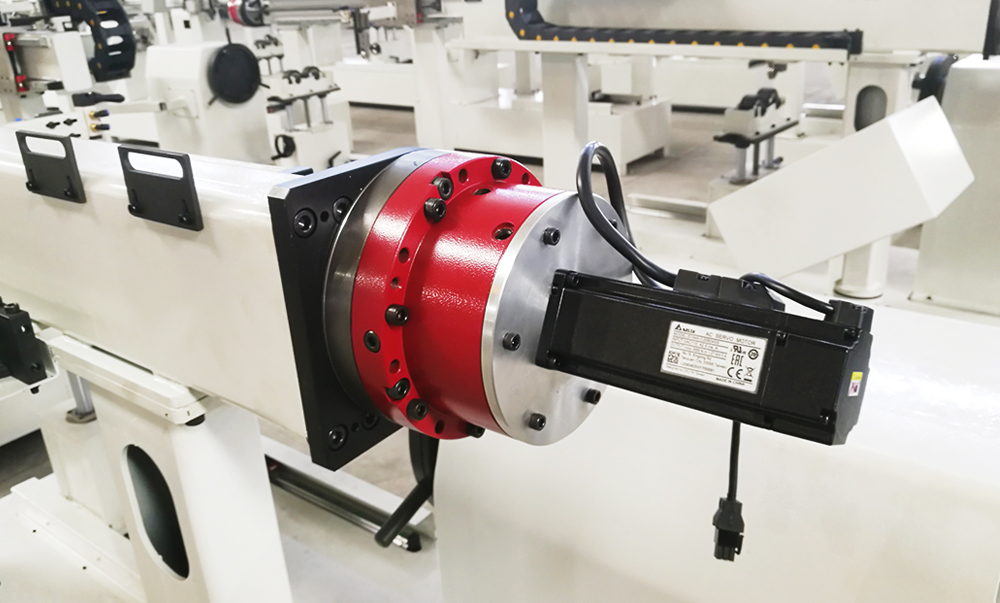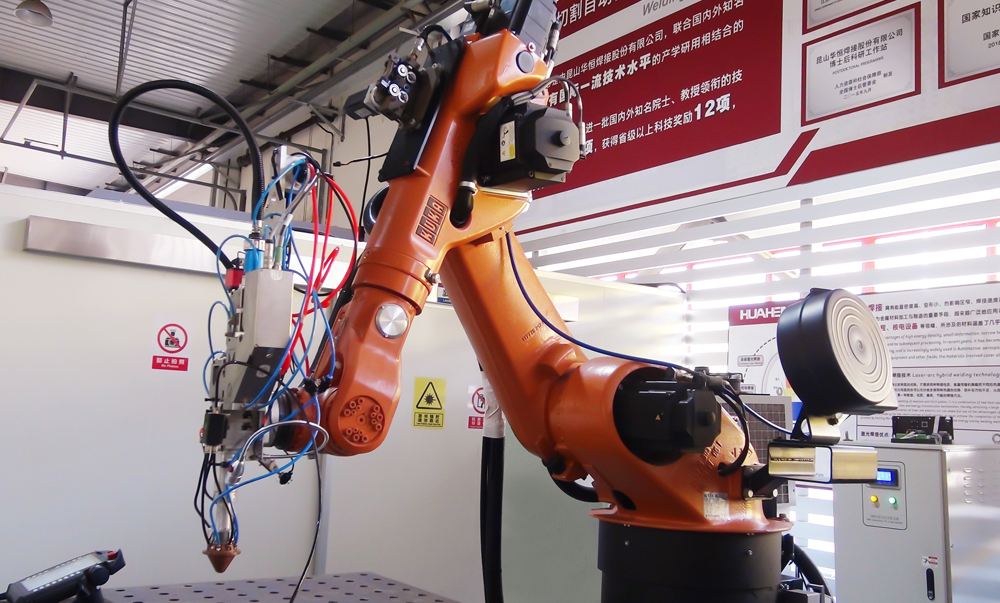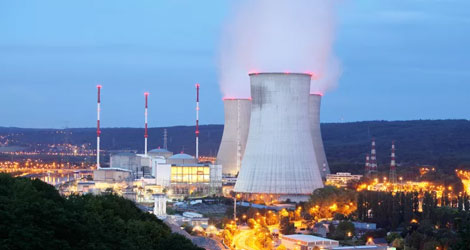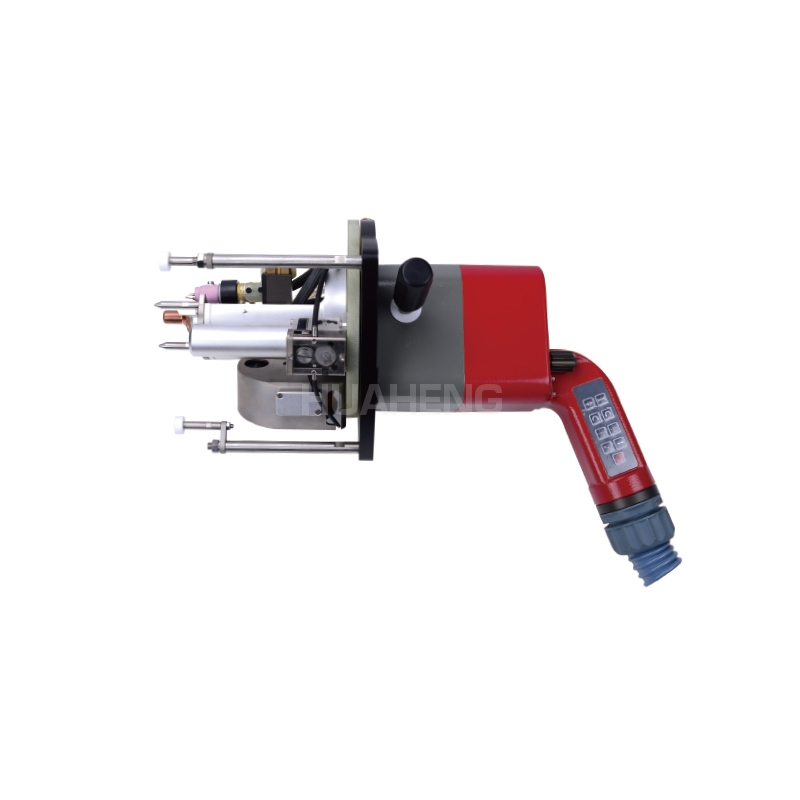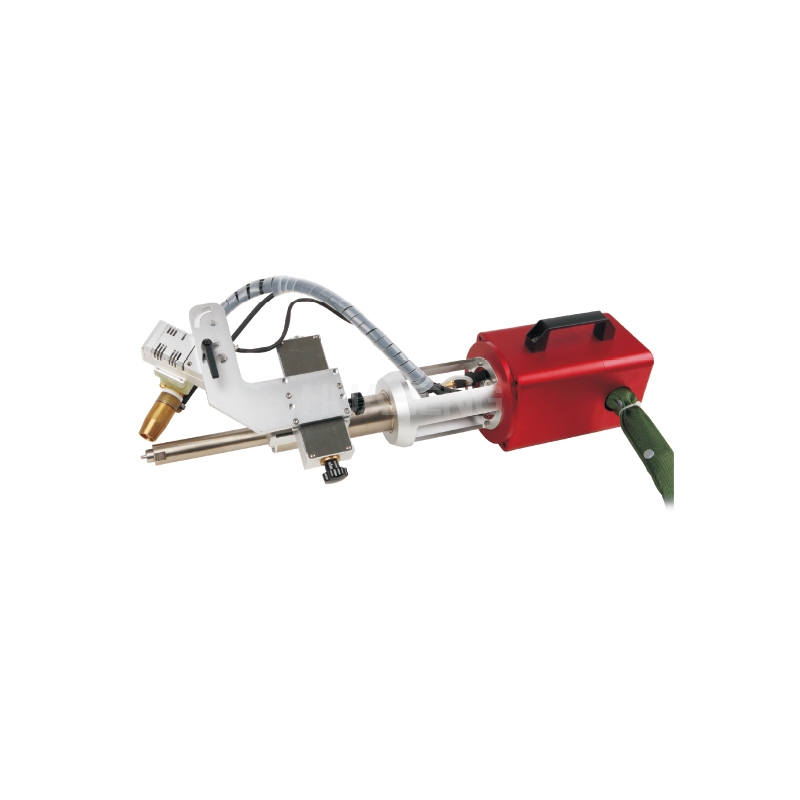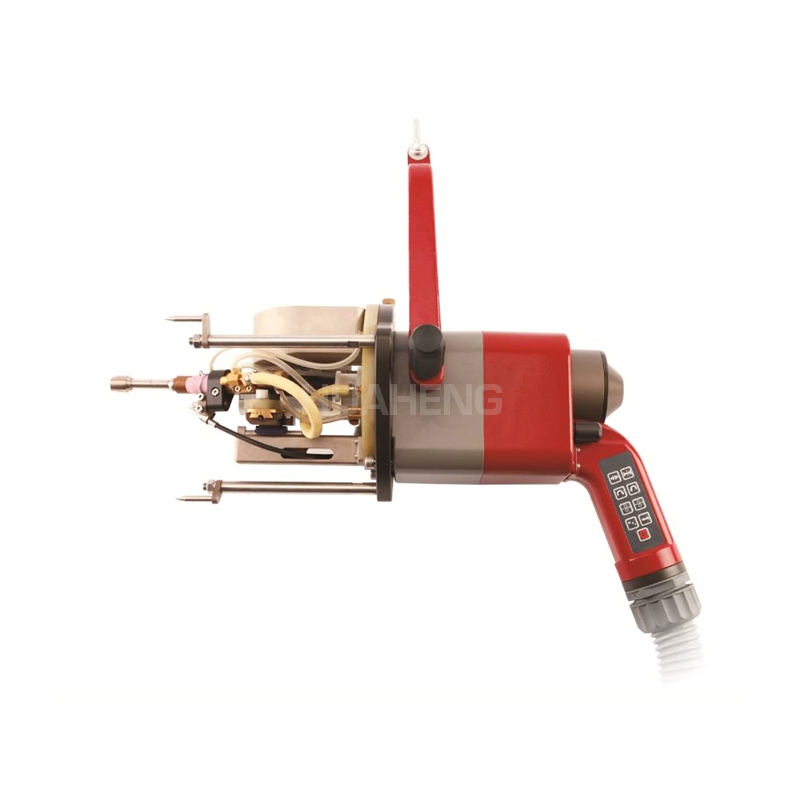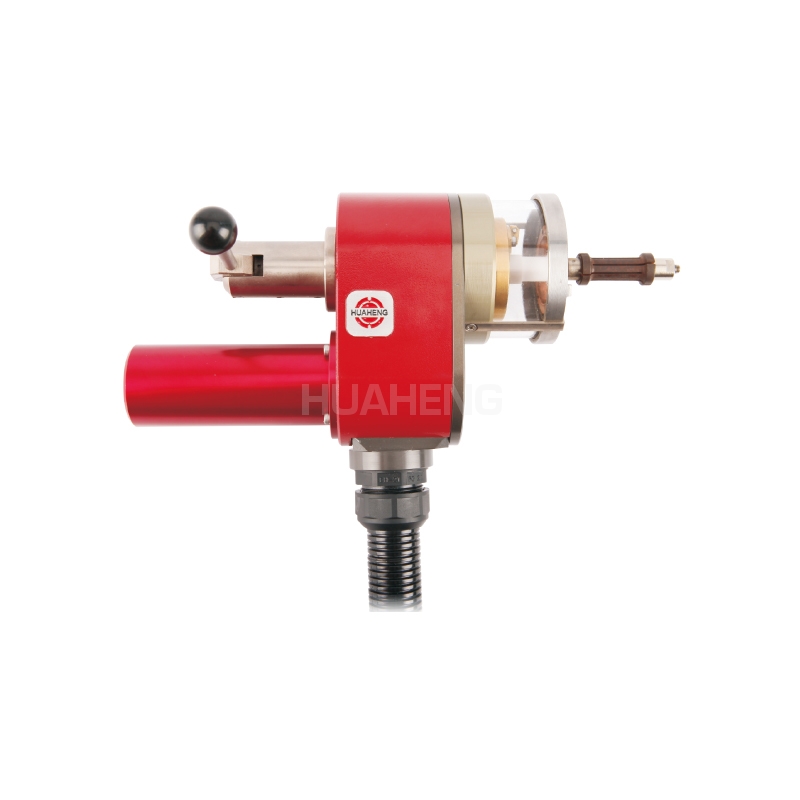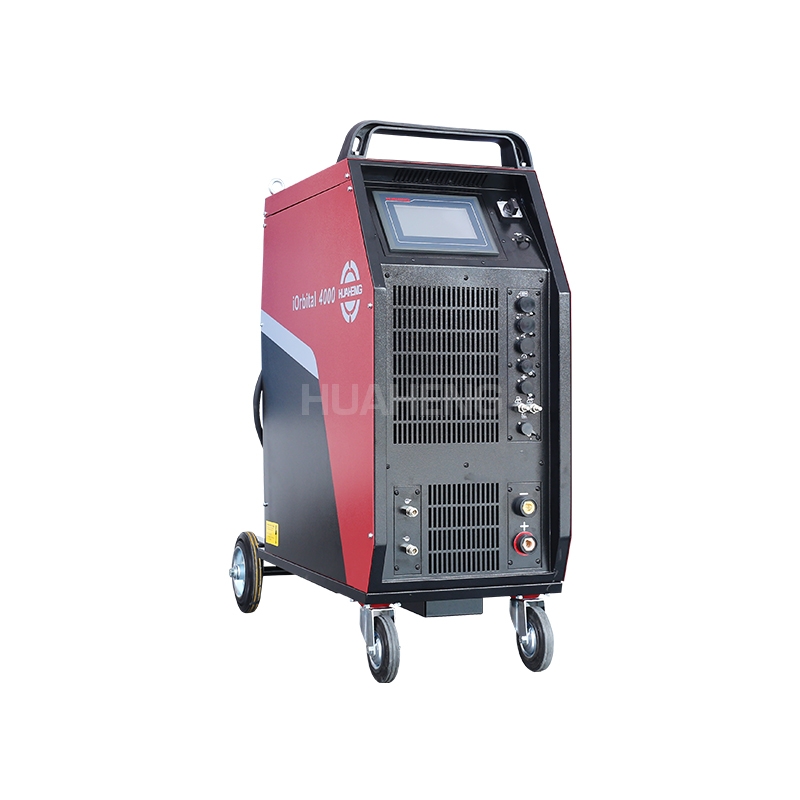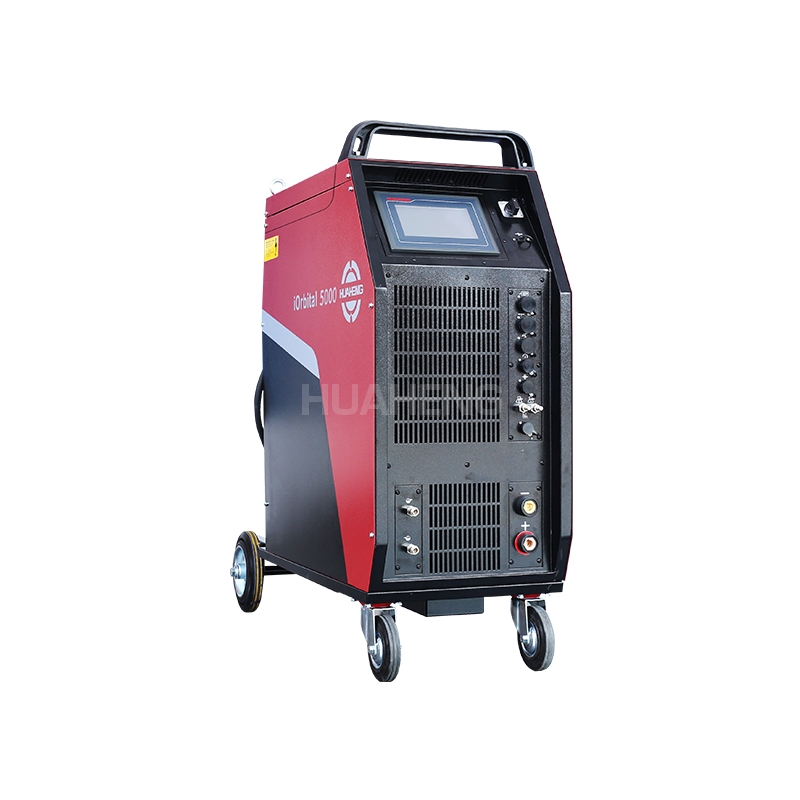Pressure vessel dissimilar steel welding, what to test?
發布日期:2022-03-31 作者: Kunshan Huaheng Welding Co., Ltd. 點擊:
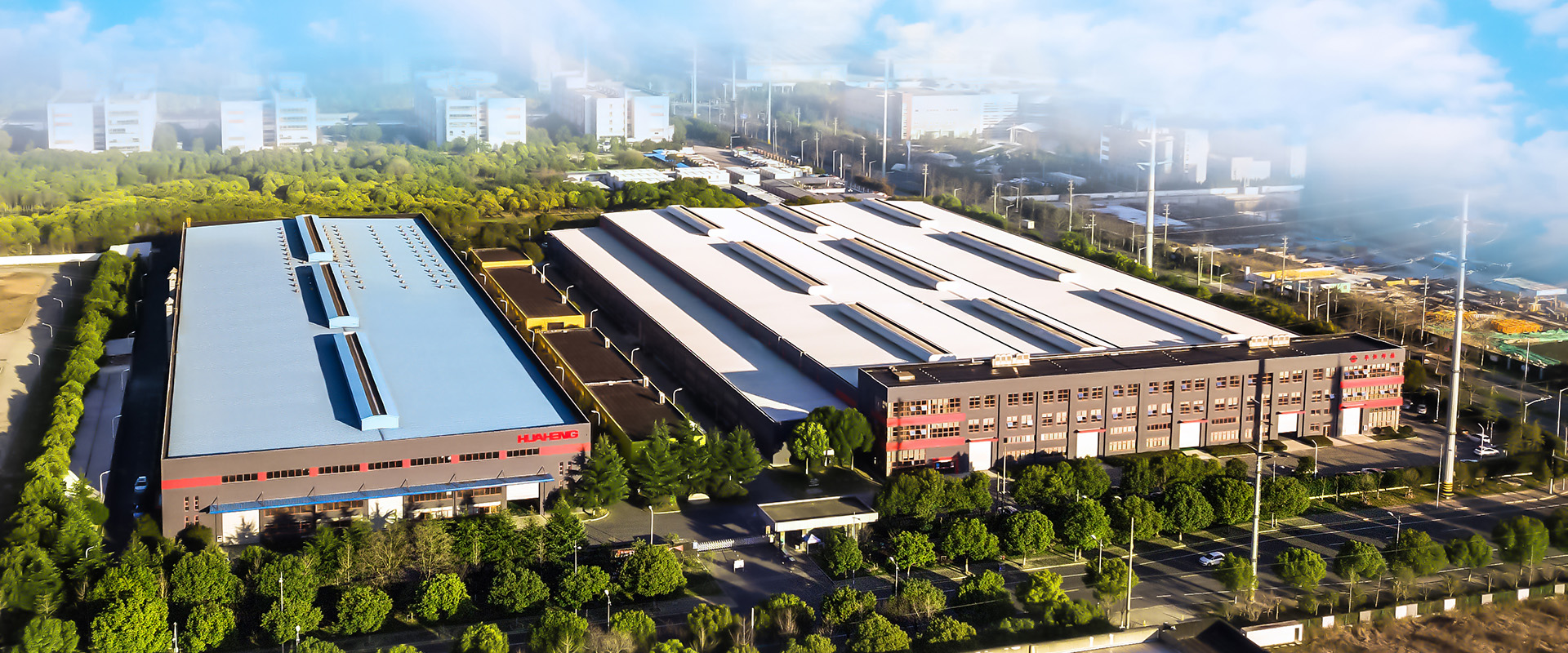
| 1. How to define "dissimilar steel"? |
3.2.10 of TSG 21-2016 "Solid Volume Specification" stipulates that dissimilar steel welded joints shall be subject to surface inspection. However, what kind of two kinds of steel welded together is called dissimilar steel, the main standard specifications in the industry have not given a clear definition. The message board on the official website of the State Administration for Market Regulation is an answer to the question, the welding of dissimilar steel is the welding of stainless steel and carbon steel or stainless steel and low alloy steel.
The metallographic structure of steel is mainly divided into pearlite, martensite, ferrite and austenite. From the welding point of view, dissimilar steel generally refers to the combination of two different types of metallographic steel; in the steel of the same type of metallographic structure, it may also form dissimilar steel due to its large difference in chemical composition and performance; When the steel is welded with dissimilar filler metal, it is also included in the welding range of dissimilar steel.
Referring to the standard interpretation of GB/T 150-2011 "Pressure Vessel", it can be considered that according to NB/T47014 Table 1 "Classification and Grouping of Base Metals for Welded Pressure Equipment", the welding of different groups of steel can be considered as dissimilar steel welding, but Except if the welding procedure qualification for one of the steels can be applied to the other.
Dissimilar steel welding is a process in which different steels are fused together by a welding method. The most common welding of dissimilar steels in pressure vessels is the welding of austenitic steels and non-austenitic steels. In the category of commonly used materials for pressure vessels, non-austenitic steels are mostly ferrite and pearlite.
| 2. What nondestructive testing methods are used? |
If the two sides of the dissimilar steel welded joint are two metals with similar metallographic structure, the non-destructive testing method is not much different from the conventional testing of the same steel welded joint. However, if the metallographic structure of dissimilar steels on both sides of the welded joint is very different, such as the most common dissimilar steel combination of austenitic stainless steel and low-carbon steel low alloy steel, on the one hand, due to the large difference in structure, it is easy to produce cracks and other defects. On the other hand, the large difference in organizational structure also leads to the limitation of the choice of non-destructive testing methods.
radiographic inspection
For the buried defects of dissimilar steel, priority should be given to radiographic inspection. Radiographic inspection is not affected by the metallographic structure and grain size of the material, but the crack detection rate is affected by the transillumination angle, and the radiographic inspection process needs to be appropriately improved.
Ultrasonic testing
Due to the structure, thickness and other reasons, the buried defects of some dissimilar steel welded joints are not convenient to be detected by radiography, and ultrasonic detection will be considered at this time. When ultrasonic testing of dissimilar steels, the first consideration is the weld structure, such as phase welding of austenitic stainless steel and low-alloy steel, and stainless steel electrodes are usually used as filler metals. At this time, the weld structure is closer to austenite. Tensitic materials are formulated with an ultrasonic process. And the dissimilar steel simulation test block should be made according to the actual workpiece situation.
Penetration testing
For dissimilar steels containing austenite, magnetic particle testing is not possible due to discontinuities in the magnetic field lines. Penetration testing can be used for surface opening defects. Pay attention to control the content of harmful ions such as sulfur, chlorine and fluorine in the penetrant to avoid residual intergranular corrosion.
For the pressure vessel industry, Huaheng designed the welding of tube and tube sheet, using advanced and precise visual positioning control technology to realize a truly unmanned automatic tube welding robot, mainly used in chemical industry, various heat exchangers, boilers, power plants , Huaheng automatic welding of military and nuclear power tube sheets.
Huaheng pressure vessel welding equipment recommendation:
|


 中文
中文
